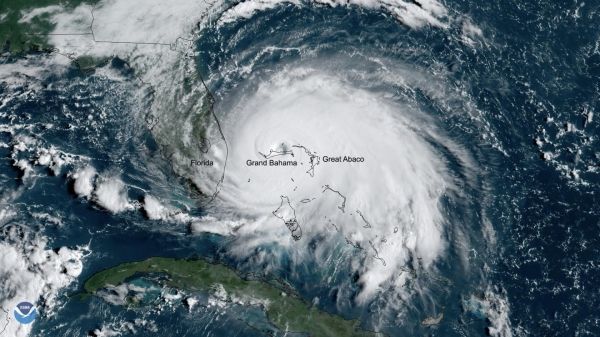Hurricane Dorian is the latest example of a frightening trend. Extreme weather events are becoming more frequent, more severe and more widespread as a consequence of climate change. New research from Washington University in St. Louis provides important new insights into how different species may fare under this new normal.
Faced with unprecedented change, animals and plants are scrambling to catch up — with mixed results. A new model developed by Carlos Botero, assistant professor of biology in Arts & Sciences, and Thomas Haaland, formerly a graduate student at the Norwegian University of Science and Technology, helps to predict the types of changes that could drive a given species to extinction.
The study, published Sept. 27 in the journal Ecology and Evolution, challenges the idea that species previously exposed to more variable conditions are more likely to survive extreme events.
“It is difficult to predict how organisms will respond to changes in extreme events because these events tend to be, by definition, quite rare,” Botero said. “But we can have a pretty good idea of how any given species may respond to current changes in this aspect of climate — if we pay attention to its natural history, and have some idea of the climatic regime it has experienced in the past.”
Read more at: Washington University in St. Louis
Catastrophic Hurricane Dorian slowed to a crawl over Grand Bahama Island on Monday, Sept. 2, 2019. GOES East captured this view of the Category 5 storm over Grand Bahama. (Photo Credit: NOAA)


